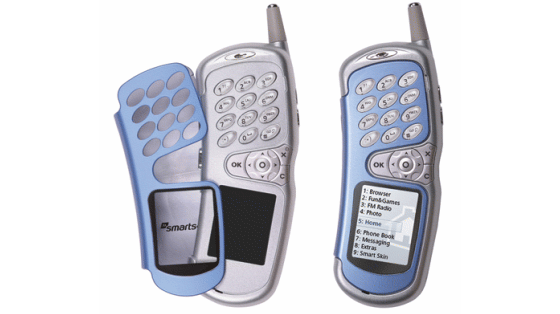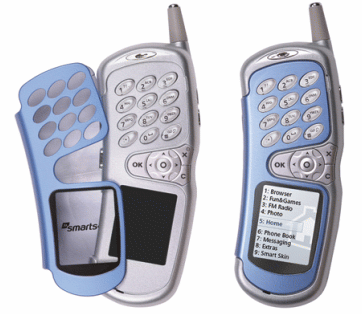
The smartphone has become boring, but sometimes old phone innovations can get a new lease of life in other technologies.
New phones used to be exciting and whenever a new one landed on my desk, I would abandon the task du jour and play with the phone instead. Every new phone came with a distinct look and a seemingly endless supply of innovation packed into ever-smaller packages. It was an era when the phone you carried was a fashion statement first, and a device to make calls and send texts on second. That was a long time ago and, frankly, the mobile industry has matured to the point of complete boredom. A new phone hitting my desk now often just sits there; a rectangular slab of metal and glass that looks exactly like the one I’m already using.
On the flip side, a new phone is up and running in a matter of minutes now, thanks to cloud sync, while I remember spending hours carefully transcribing my contacts from one incompatible phone to another. But still, there is less explicit innovation these days, with most of the cleverness hidden inside the rectangular slab, rather than visible to your eye (and everyone else’s). Think back to the original Razr, for example: it was a must-have device that had the slimmest form factor of the time, and a wicked “flick” when you opened it. It was cool (okay, perhaps I’m outing my inner geekiness with that description but still) and by the time seemingly everyone was flipping open their Razr, there was another cool device available to switch to.
One of my favorite phone innovations of the time was a device that came and went without making a dent in the mobile world. The Wildseed phone (originally called GitWit – “Get in touch With it”) first debuted in 2002 and finally made it to a carrier in 2004. It was aimed at school kids with an upside-down format – the keyboard at the top, and the screen below – so you could hold the phone under your desk with just the display peeking out while you sent illicit messages from class. It also offered “AirText” which was eight LED lights at one end of the phone that could display a word or two in the darkness as you waved it around. I do occasionally miss that particular niche feature, strangely enough. Oh, and the phone was curved like a banana because… well, why not when you are changing everything else.

But the most interesting innovation in the device was the use of “SmartSkins”. Think of these skins as the equivalent of today’s custom cases you can buy, allowing you to change the design on your phone by clipping a different skin onto the base phone. But it was more than looks: each SmartSkin came with an embedded chip that had a range of content such as music and ringtones, wallpapers, games or more. Remember, these were the days when sending a text was about as close to data as you got and mobile data speeds were measured in a handful of kbps rather than the megabits (or gigabits) of today. It was, without doubt, a very clever innovation that died – along with the company – shortly after Wildseed was bought by AOL in 2005. Such is life.
But sometimes it just takes an era or two before a technology is ready for its time… and perhaps a completely different application of the initial concept. And hence, the new Fitbit Ace LTE, a kid-focused watch that comes with tech-infused watch straps that Google calls “Cartridges”. Adding a new strap/cartridge gives the wearer new backgrounds and other custom items such as “Noodles” and items for your digital pet (we’ll get into all the details of the watch in next week’s Week in Review).
Now obviously the watch straps are not quite as “low tech” as the original Wildseed SmartSkins and the content is probably pulled via a data stream rather than from a built-in chip. But the overall concept is very similar and we have high hopes that there will be a very healthy after-sale market for Ace accessories. After all, just like the original phone, changing a strap changes everything: the look and feel of the physical device to suit the wearer’s mood… as well as the screen interface to match the strap.
Now all I need is an AirText device. Or perhaps twenty years on from the original, that particular innovation is simply an app on my smartphone.